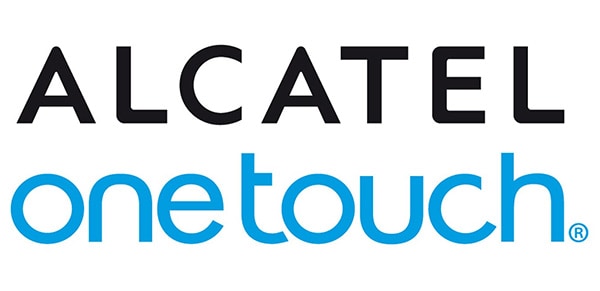
According to Alcatel Onetouch, Latin America and the Caribbean face major challenges with a slowdown in purchases in the market for mobile devices due to present economic climate. According to statistics from the consultancy IDC, growth in sales of smartphones in Latin America (in units) was 35% in 2014 versus 2013, but dropped to only 4% in 2015 versus 2014.
André Felippa, VP of Marketing and Product for Latin America, the company notes that actual mobile phone use has increased across the region; with telecommunications access no longer viewed as a luxury; but a widely used tool- but the effect of the global economic slowdown has impacted the renewal and new purchases of smartphones by consumers. The overall trend shows that the average person usually replaces their mobile phone every one to two years; however, due to the global economic constraint, the purchaser has lengthened this period.
Projections for 2016
Even with this background, 2016 presents an interesting scenario for the industry, when it is expected that the renewal of equipment is reactivated. The slowdown does not paralyze innovation cycles of manufacturers, on the other hand; technological advances and innovation in smartphones are moving rapidly. The public has seen the launch of new technologies on screens and cameras; more storage memory and improvements in almost all the features of smartphones. With the same technology, people are aware of all these developments so the need for change is a constant battle for mobile developers- thus, a voltage technology upgrade that finally drives the purchase form.
We live in an era where smartphones have become indispensable mobile devices with consumers aiming to improve their user experience; as well as an increase in applications and services available from providers. This year more than sixteen thousand smartphones were sold in Latin America, a recorded 82% stake in the business of smartphones in Q3 2015. Even this figure becomes greater than 90 % in some countries in the Region according to Consumer Trends IDC devices in Latin America, October 2015
The mobile user demand devices that meet their immediate needs, leading to even more selective customers despite the variety of models that are presented. This has also been influenced by technology trends for devices such as desktops and laptops; where there is a clear trend predilection for larger screens – as well as storage and ease of use.
In addition to the gradual increase in the screen size of smartphones; an interesting phenomenon is observed as a younger demographic also seeks to acquire the technology; due to the increase in the quantity and quality of mobile content consumed such as movies, games and pictures in this type of display. However, this segment is dominated by smartphones with screens between five and five and a half inches, because these models fit in a pocket or purse while showing good image quality.
Demand for Connectivity and Storage
Alongside larger equipment, the consumer now demands improvements in connection speed, navigation equipment and quick response time from their devices with latest generations of mobile phones incorporate faster processors and cores. Additionally the demand for increased memory storage and better cameras to achieve wider angles and include flash is perceived to optimize photo quality for ‘selfies’ which are here to stay.
Alcatel Onetouch said that because of the number of features and components that smartphones developers are now adding to the devices, the challenge is also to develop batteries that allow a high content consumption. However, a slightly slower evolution is still perceived in this area, so the mobile industry has already seen the launch of increasingly short time battery recharge.
Tablets and Wearables are adding to the Competition
Smartphones are not the only devices that currently set the user preference; but the trends are also influenced by tablets and also wearables (wearable devices) that are incorporated with great success in the mobile life.
Although there was minimal growth in tablet sales in Latin America, it is still an interesting market for the consumption of all types of content for both the workplace and entertainment; while providing a level of portability that isn’t available with a laptop. Going forward, we see a trend that the ‘2 in 1’ tablet (with removable keyboard) as what will captivate the increasingly mobile user with its practicality.
With wearables- such as smart watches; the region has experienced the first wave of this trend with larger, heavier and difficult to handle models with an unfriendly interfaces. These early watches were more oriented to technology users and primarily men. Almost a year ago, the second wave came with smartwatches with the style and design of traditional watch bracelets including replaceable colours for customization, monitoring functions and daily swings of emotions, among other features.
Today these smart watches are fashionable, printed, modern and avant-garde style for users who compare models and features. If the challenge during the first wave was to attract female users; now, its use is more homogeneous. They are simpler, thinner and for everyday use.
“Either through smartphones, tablets or smart watches, mobility is part of our lives. AtAlcatel Onetouch, we are focused on continuous analysis of mobile trends to create different products that meet the needs of value, benefits, and especially consumer innovation. Thanks to this we have built a company that in the third quarter of 2015, ranked second in market share for computers and third place in smartphones in the Latin American region (according to IDC Quarterly Tracker Q3 2015 ).”
“As a large manufacturer, we design and develop tablets with the highest technology and innovation and plan to continue to monitor and adapt to the trends of the upcoming years” said Mr Felippa.

